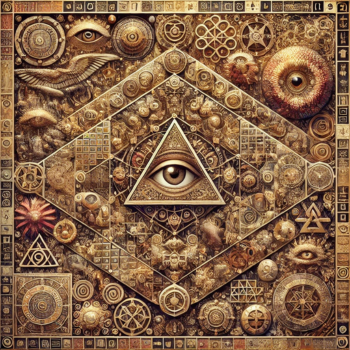The Mythos Of Ascender’s Prophecy
Conspiracy Theory As Myth
In Ascender’s Prophecy, I use conspiracy theories as modern myths. Similar to ancient myths, these theories emerge from humanity’s collective unconscious, and speak to our fears, desires, and inner conflicts. Taken metaphorically, contemporary conspiracy theories offered me a remarkably relevant framework to showcase our social dilemmas, as well as relate them in a way that harmonized with the epic odyssey feel I wanted to give the novel…
The Spiritual Journey
When I first began writing Ascender’s Prophecy, one of my intentions was to explore the deep spiritual truths passed down through esoteric sources, such as the ancient mystery religions, the Sufis, the Kabbalists, and the teachings of the Gnostic alchemists. I soon found that these same wisdoms were also scattered throughout the world’s six major faiths, Christianity, Islam, Judaism, Buddhism, Hinduism, and Taoism. I knew in my gut that there had to be a connection…
Reviving Myth in a Modern World
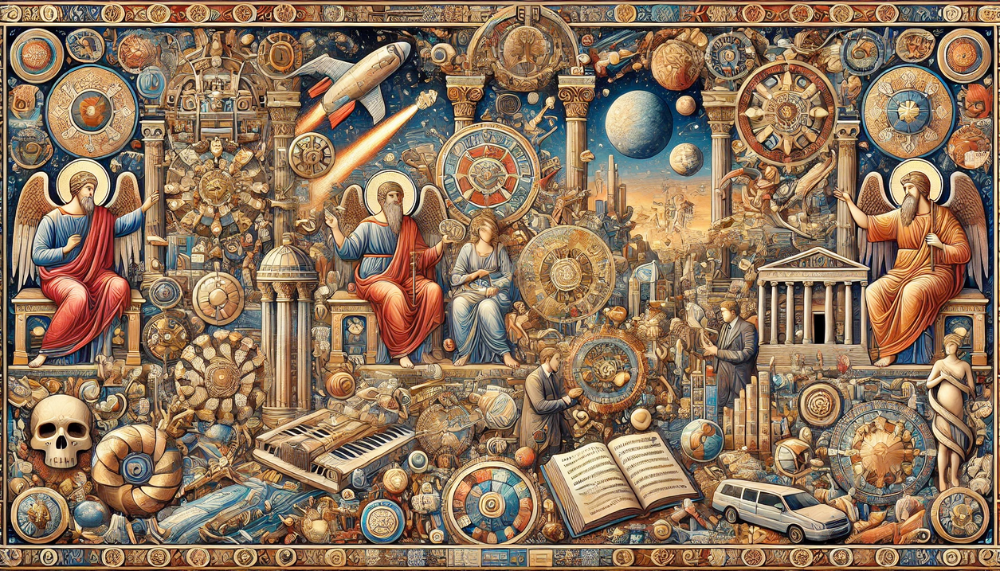
“Ascender’s Prophecy is more than a novel—it’s a reimagining of the myths that have shaped human consciousness for millennia. At its core, the book is an exploration of the timeless truths that myth has always sought to convey, but with a modern twist that bridges the realms of science and spirituality.”
When I set out to write Ascender’s Prophecy, my goal was to craft a narrative that explored a unifying Theory of Everything (T.O.E.). I wanted to tackle the big questions: What is the nature of reality? What is the meaning of life? What happens when we die? How much control do we really have over our destiny? After years of research, I found the answers scattered across ancient religious texts, scientific journals, and essays on the fringes of metaphysical thought. By uniting these ideas and concepts, I developed a theory that harmonizes the seemingly opposing worlds of science and spirituality.
The challenge, however, was how to communicate these complex ideas in a way that didn’t sound like a lecture. I didn’t want Ascender’s Prophecy to read like a textbook; I wanted it to be entertaining, engaging, and deeply meaningful. The answer came to me in the form of myth.
Myths are Fictions That Tell Truths
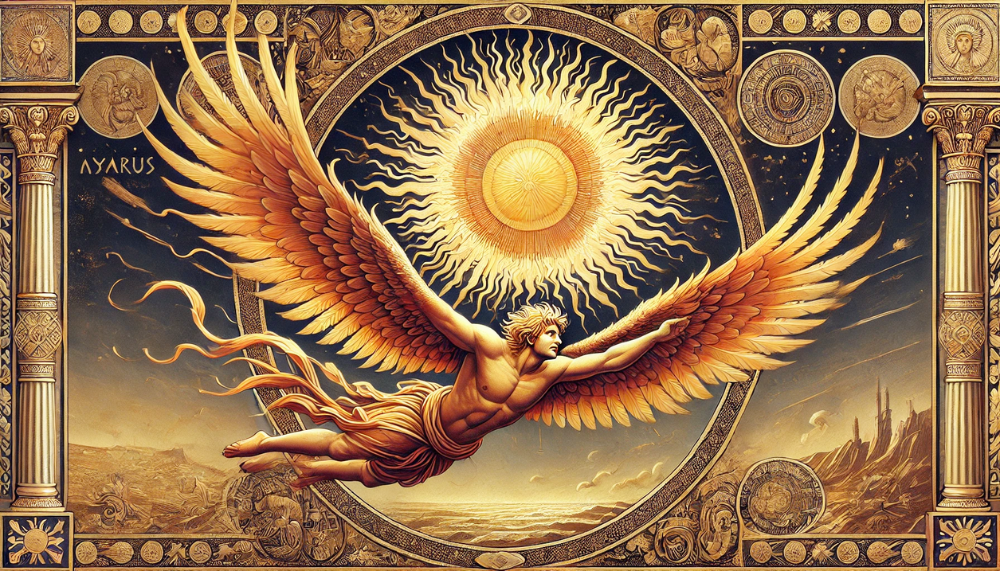
As you may know, myths are not just fantastical stories. They are, in fact, allegorical representations of fundamental truths about the human condition. From the earliest civilizations, myths have been used to explain the mysteries of life, from creation to death, and everything in between. These stories speak to universal archetypes—heroes, villains, gods, and monsters—that live within the collective unconscious of humanity.
In writing Ascender’s Prophecy, I realized that I didn’t need to create a new mythology from scratch. Instead, I could draw from a modern source of myths: conspiracy theories. While often dismissed as absurd, conspiracy theories share a striking similarity to ancient myths. Both are born from the collective unconscious and serve as allegories for deeper psychological and spiritual truths. Take the Reptilian Race conspiracy theory for example, which claims that world leaders are evil shape-shifting reptilian beings. Taken literally, this is absurd. But symbolically, it reflects a truth about human nature. We all have a reptilian part of our brain—the basal ganglia—responsible for primal instincts like fear, selfishness, aggression, and territoriality. The Reptilian Race myth is, in essence, about the inner battle between our higher selves and the primal forces that seek to dominate us.
A Mythos for the Modern Age
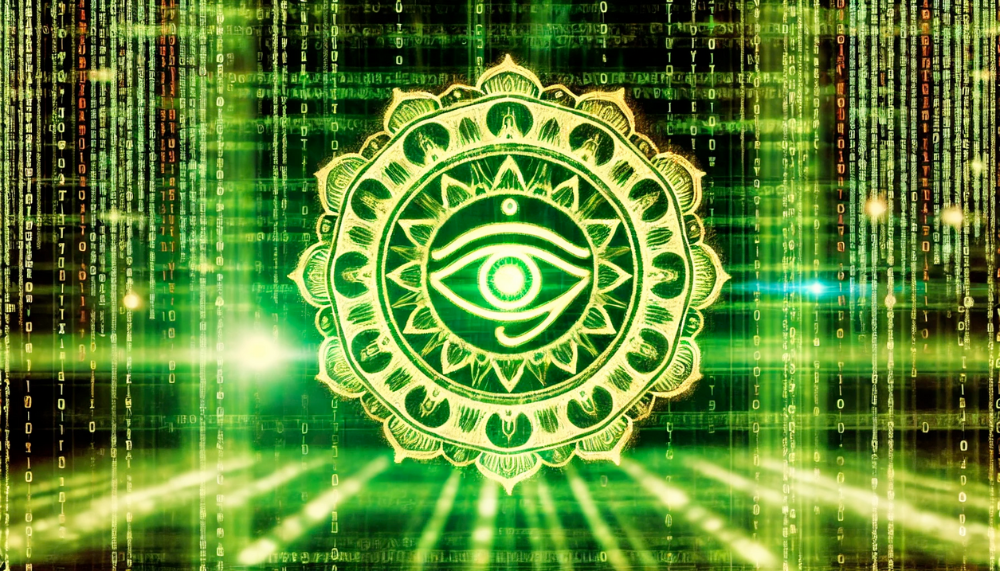
Ascender’s Prophecy takes this idea further still by creating a new mythos built on two pillars: science and spirituality. The scientific pillar is grounded in the Simulation Hypothesis, a cutting-edge theory that suggests that reality as we know it is a computer-generated simulation. The spiritual pillar is the ancient Vedic philosophy of Maya, which posits that the physical world is an illusion, concealing an underlying eternal truth of existence. While these ideas may seem worlds apart, they point to the same conclusion: our reality, and our place in it, are not what they seem.
By setting these pillars together, Ascender’s Prophecy explores how mythical constructs can be reborn in a secular world that has “killed its gods” but that still longs for meaning. The novel shows that, even in the absence of traditional deities, the archetypes of myth live on, subtly influencing our fears, beliefs, and actions.
A Modern Odyssey
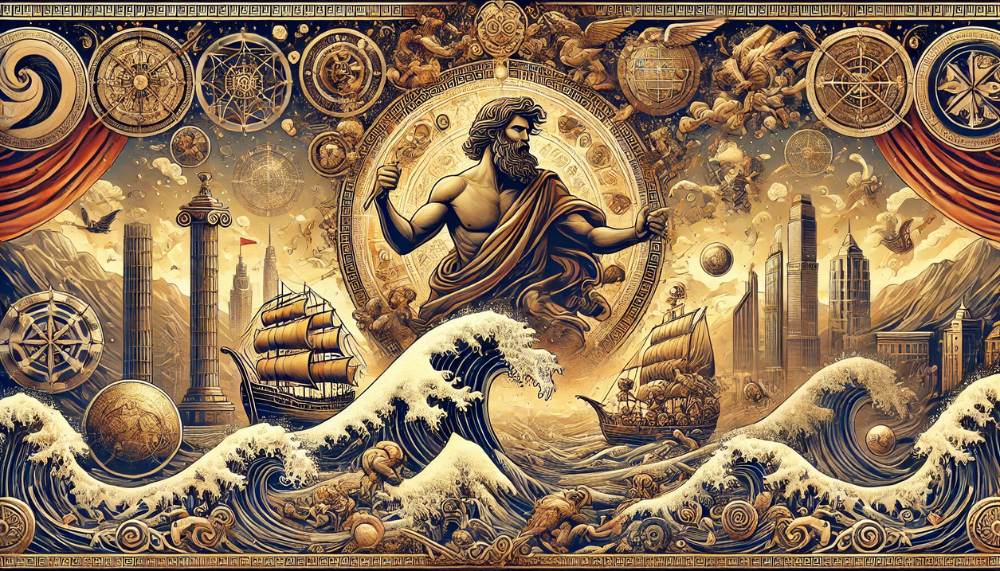
Much like the Odyssey explored the trials and tribulations of Ulysses as he sought to return home, Ascender’s Prophecy follows its characters as they confront insurmountable challenges in order to open a way back to the heavenly home humanity left long ago. Their challenges are not just external—they represent the inner journey of awakening to deeper truths about the self and the cosmos.
Ultimately, Ascender’s Prophecy is an invitation to explore the mythical forces that still govern our lives, even when we’re unaware of them. Through its modern-day heroes, villains, and epic quests, the novel offers readers a path to understanding the mysteries of existence—both ancient and contemporary.
